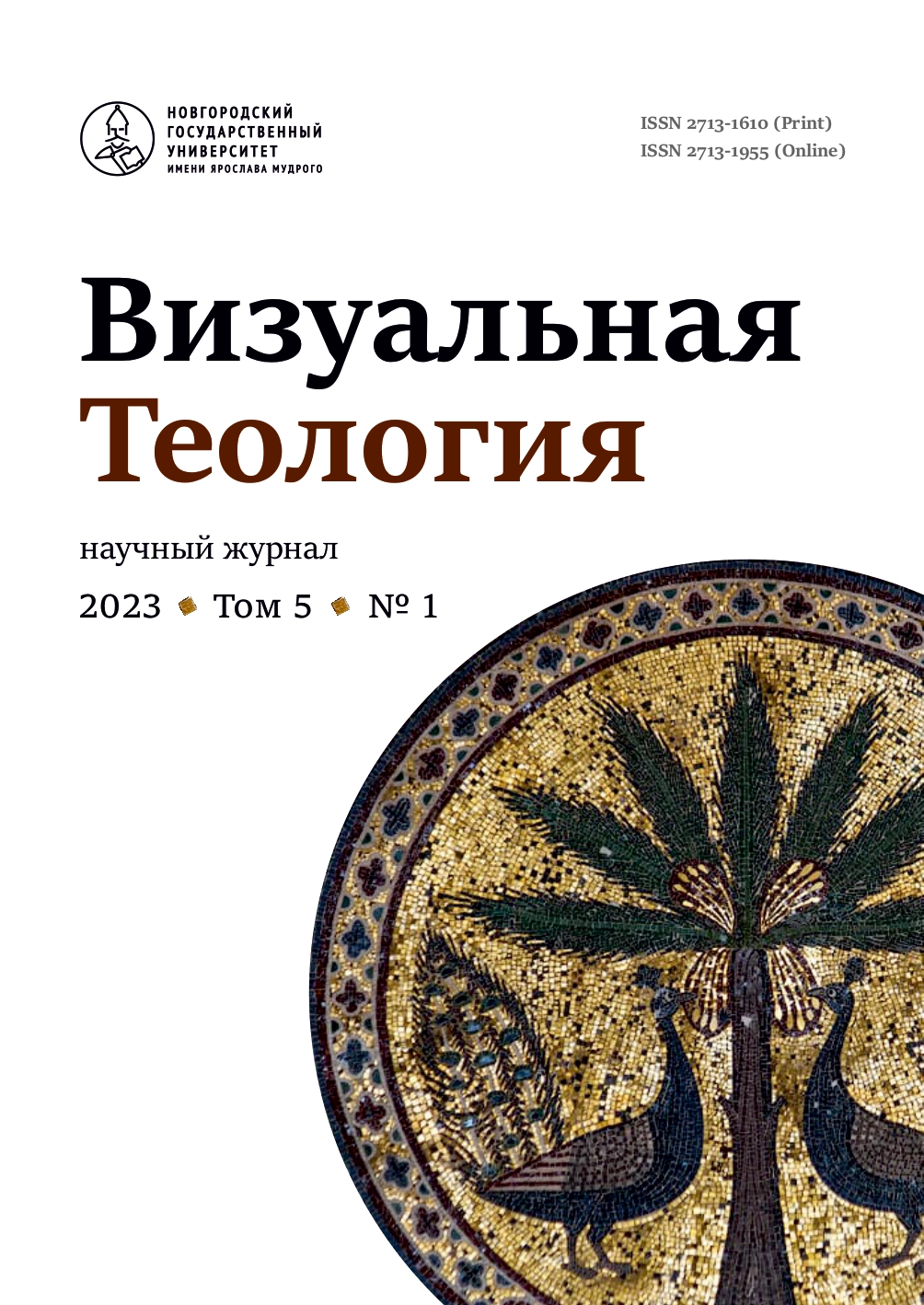Movable icons and embroidery shrouds in services of dramatic character in Ancient Rus’
Abstract
The Cycle of services of Novgorod Cathedral of the Holy Wisdom included singing services (ᾀσματική ἀκολουθία) after the practice of the Hagia Sophia in Constantinople. Its description is known since the 13th century from the Novgorod liturgical manuscripts. Since the end of 15th century the double-sided proskynesis icons has been an important integral part of singing service in Novgorod Cathedral. The unique complex of the images of the Saviour, Mother of God, saints, and the Bible scenes was created at this time. The complicated organization composition of the Novgorod series allowed to lay one icon in the church naos at festive day or to carry out all icons with images of saints to square near Cathedral during the rites of the New Year on September 1 and on Sunday of the Last Judgement. The icons replaced one another during the Holy Week. The Shroud with the embroidery image of dead Christ was carried out from altar and put on a table in the middle of naos at Holy Saturday. The icon Resurrection (Descent into Hell) replaced the Shroud at early morning of Resurrection Sunday. It was a real “mystery of images”.



